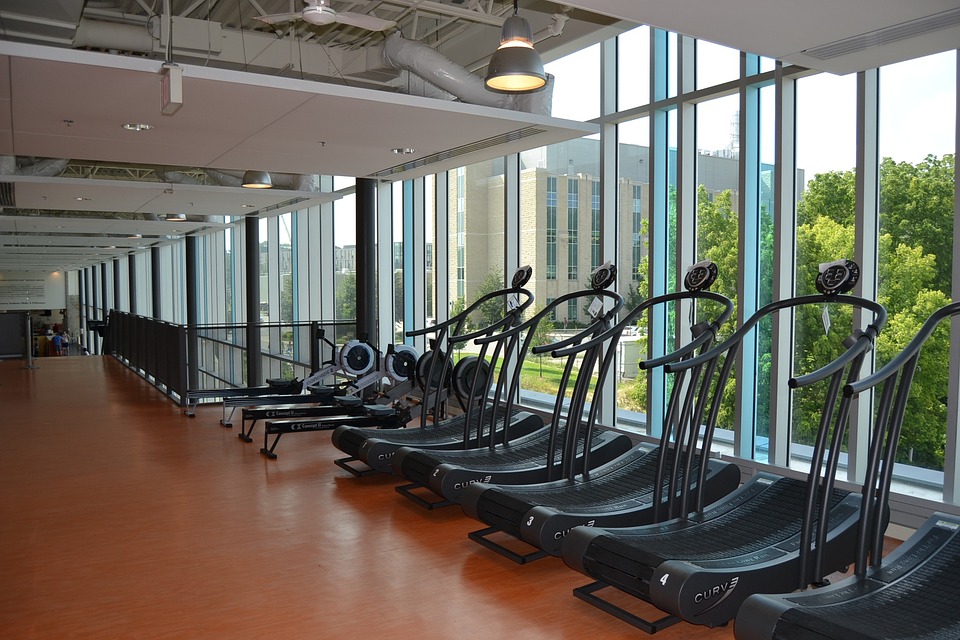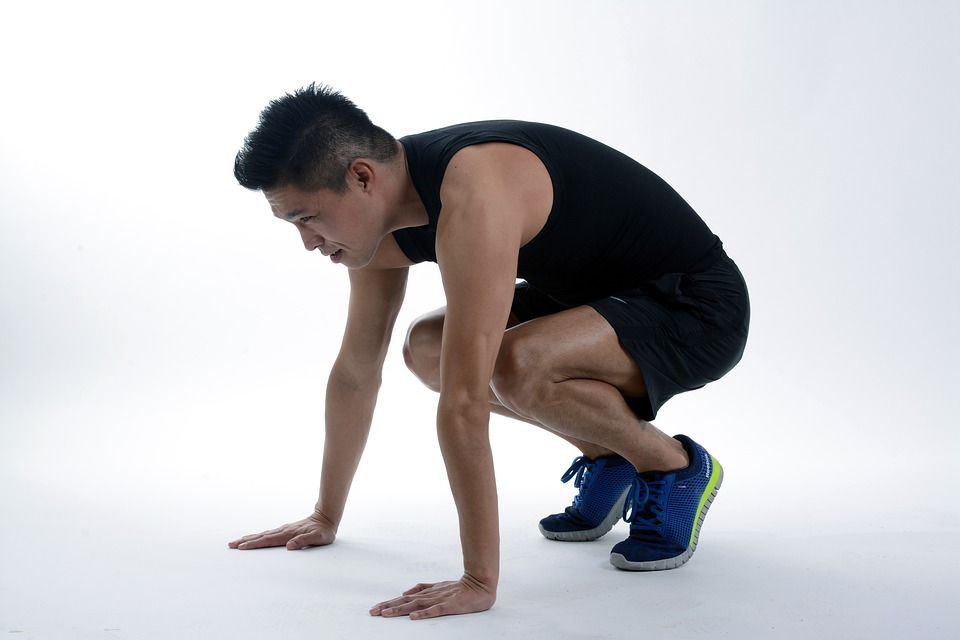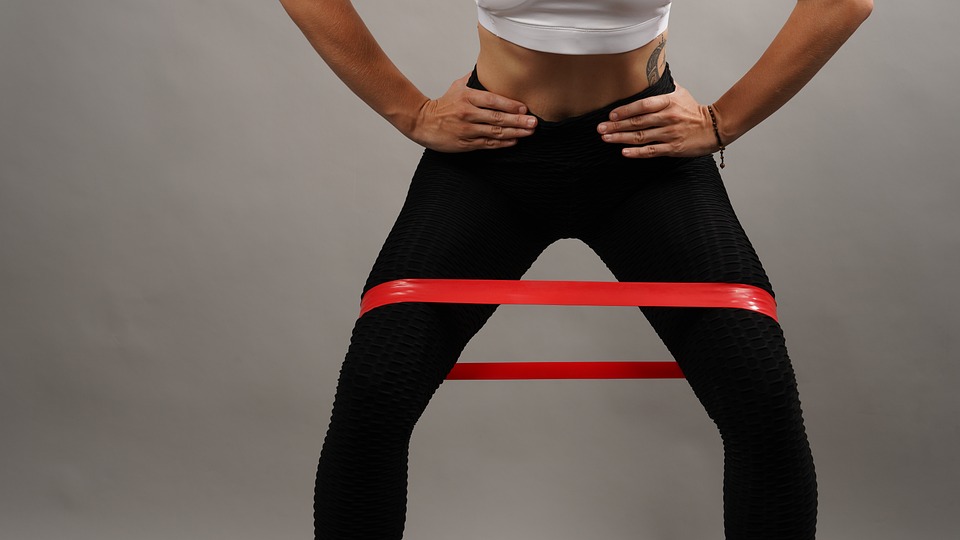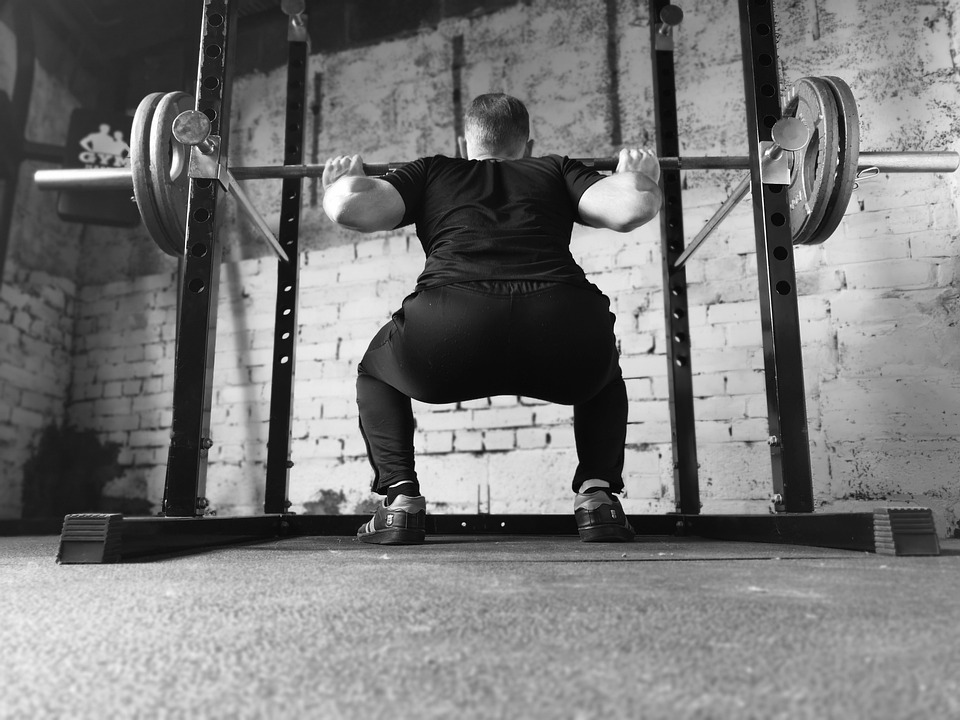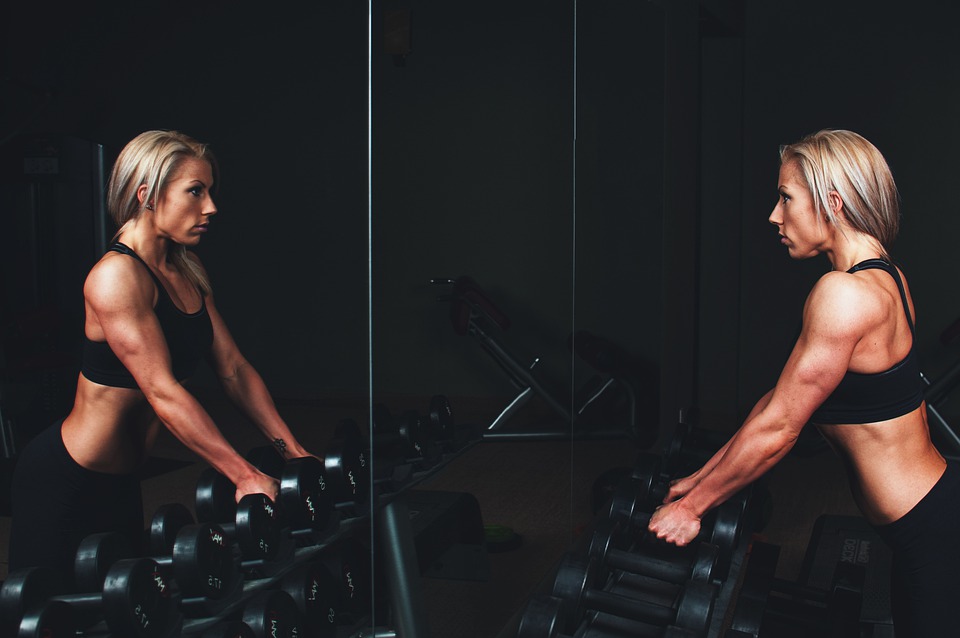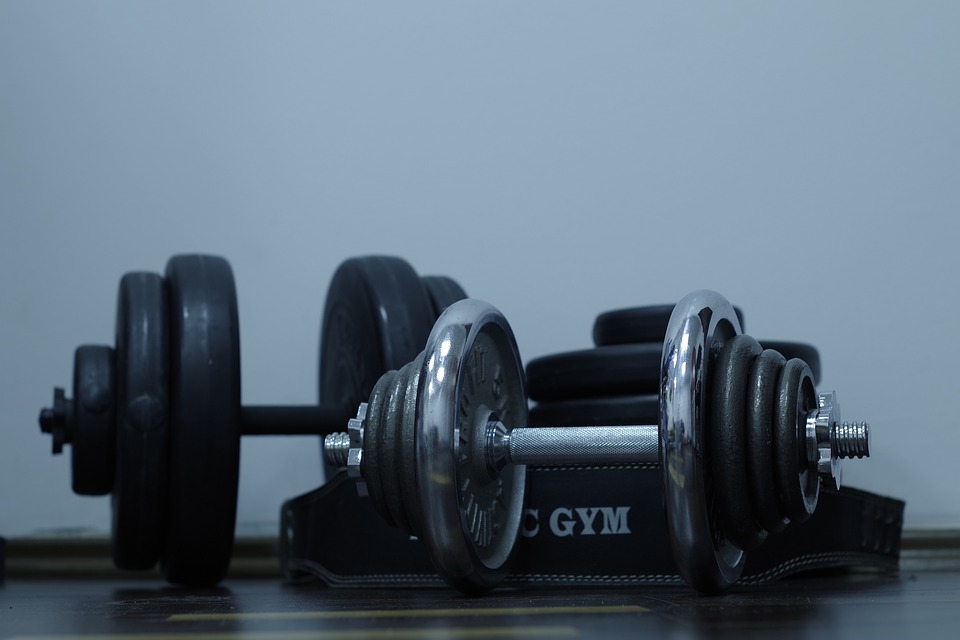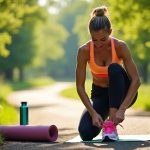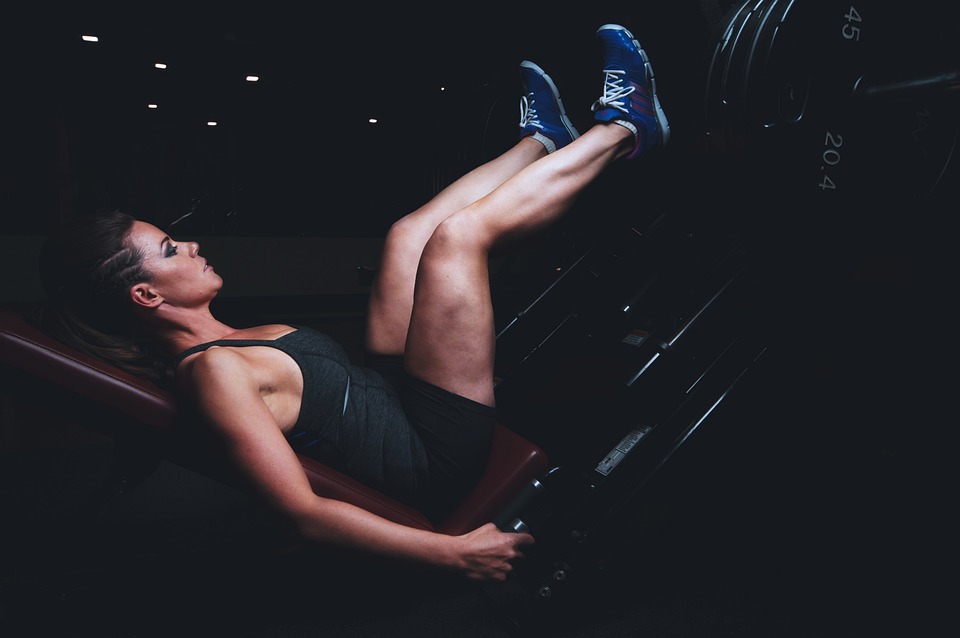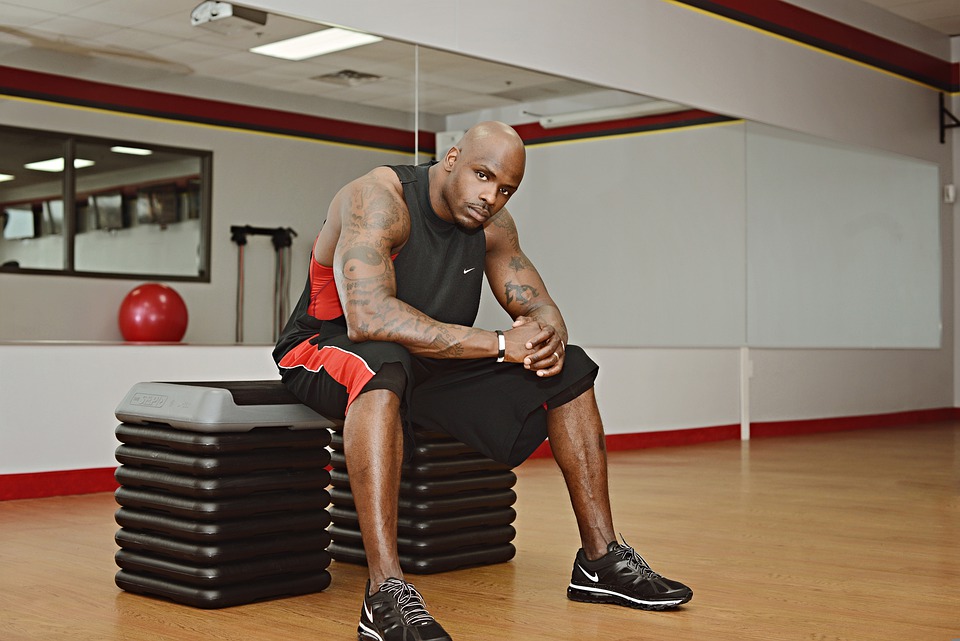
Obliterating Fads and Myths About How to Grow Big Legs
I have heard many fitness experts say that certain exercises and workout programs are the best, but the truth is that there is no one right way to train.
There is not a single program that fits everyone, and if you ever hear someone saying that you HAVE TO do something, be cautious.
One person’s success method might not be effective for you. When you are done reading this article, you will have a training and nutrition program that will help you grow bigger and stronger legs.
But before we continue, let’s destroy some myths:
You Need Barbell Back Squats to Get Big Legs
I realize that not everyone will agree with me, but I still want to share my opinion.
You don’t need to squat to get big legs.
There, I said it.
Here’s the thing:
While squats may be the speaker’s favorite exercise, they may not have the same effect for everyone. If you have a body type that makes it difficult to squat, or if you have an injury that causes pain when you squat, you might want to try a different exercise.
No, you can still grow big and strong legs without squatting.
You can achieve similar results with other exercises and by varying your routine.
Will the variations be as good as squats? These probably won’t be as effective as the others, but they will still help your legs grow.
If you are unable to squat for any reason, do not worry, there are other exercises you can do to take its place.
The Smith Machine Sucks and Will Make You Less Manly
I was firmly behind this belief a couple of years ago.
I always thought that guys who squatted in the Smith machine were less masculine. But that was just stupid and short-sighted.
The Smith machine is an effective tool for growing your legs. I’m confident that you’ll miss out on some gains if you don’t use a Smith Machine.
Every exercise is just a tool in your arsenal to get better, bigger, and stronger legs — except everything that involves a Bosu ball (that’s just dumb. Don’t use it, please) — so instead of making fun of the Smith machine, learn how you can use it to your advantage.
Cool? Let’s move on.
You Need to Train Heavy to Grow Your Legs
Training heavily is fun, but it’s also risky.
If you lift extremely heavy weights (above 90%), you are more likely to have poor form, which could lead to injury.
Although heavyweights are not optimal for muscle growth, they are still necessary. If you want better results, you should train in the 70%-80% range.
You don’t need to lift the heaviest weight possible unless you’re a powerlifter and it matters to you.
If you want to have a long career lifting weights without sustaining any injuries, you should keep the weights you lift within the 70% to 80% range most of the time.
The more you lift, the better your appearance will be and the more muscular you will become.
Legs Anatomy 101
We will be targeting the following muscles: The muscles we will be targeting are: This workout will target the muscles in your butt, thighs, and lower legs.
The gluteal muscle group is the largest in the human body.
Let’s Dive Into Butts (Errgh… not literally)
The gluteal muscle group is composed of three muscles:
- The gluteus maximus.
- The gluteus medius.
- The gluteus minimus.
Most of the exercises in this routine will exercise the gluteus medius, which is the biggest muscle in the human body.
The Almighty Quadriceps
The quadriceps are the large muscles on the front of your thighs.
The quad muscle group is composed of four muscles:
- Rectus femoris
- Vastus lateralis
- Vastus medialis (VMO)
- Vastus intermedius
Most of our work on the quads will be through squats or variations of the squat.
The Hamstrings (or Hammies)
The back of the leg is where the hamstrings are located, which is composed of three muscles:
- Semitendinosus
- Semimembranosus
- Biceps femoris
We will be working mostly on the hamstrings today with stiff-legged deadlifts and hamstring curls.
The Infamous Calf Muscles
This text is discussing how people who were not born with good calf genes are at a disadvantage.
It is difficult to build muscle in the calf area, however with the correct exercises, amount of repetitions, and nutrition you can make them more pronounced.
Two muscles comprise the calf muscle group:
- Gastrocnemius
- Soleus
The following text will target the muscle group using machine calf raises and leg press calf raises.
How to Get Bigger and Stronger Legs: The Science Behind Training
Listen.
Although it may seem that training is just about pushing yourself as hard as you can in every session, there is a method to the madness.
You will not make progress by just training hard; you will end up burnt out if you don’t take a break.
There are a few things you need to do to be successful in your quest to learn how to build big and muscular legs.
What’s funny? The following principles apply to all muscle groups, not just the legs.
Progressive Overload Will Make You Superhuman
The most important principle behind a successful training career is progressive overload.
Understand this:
If you want to build bigger and stronger legs, as well as a more muscular body overall, you need to be prepared to commit to the process for the long haul.
How long does it take to get big legs? It is possible to increase the size of your legs over four weeks, however, the most significant increases happen after years of training.
The idea behind progressive overload is that your training should gradually become more difficult as time goes on.
If last year you could only squat 5 repetitions with 225 pounds, but this year you can squat multiple sets of 10 with 225 pounds, then you have made progress.
Getting bigger legs and a more muscular body is similar to learning a new skill. It takes time, patience, and hard work.
The journey to becoming a computer scientist starts with learning how to program. Once you have grasped the basics, you can then start to increase the difficulty of the projects you undertake.
Progressive overload means that you should continue to challenge yourself in your workouts by doing more than you have done in the past. This could mean using more weight, doing more sets, more reps, or a combination of all of these things.
The trick to increasing strength is to gradually add more weight over time.
How to Get Big Legs: More Training Is Not Necessarily Better Training
More is not necessarily better. Let me elaborate…
Training more doesn’t mean you’ll get better results. You don’t want to over-train, or you’ll risk injury. You will become worse instead of better when you cross that line.
What does that mean? If you want to achieve optimal results and build legs that are as sturdy as tree trunks, you need to follow a specific training volume plan that includes the right amount of weight, sets, and reps.
Your legs (and most muscle groups) will grow by:
- Performing 12–22 sets per week.
- Performing 8–15 reps per set.
- Using between 60%-80% of your 1RM.
- Training legs 2–3 times per week.
- Staying 4 to 1 rep shy from failure.
The Nutritional Secrets Behind Behind Growing Bigger and Stronger Legs
Growing muscle or losing fat is just a simple equation:
Good Training + Good Nutrition = Jacked Body
Although exercise is important, it is not the only factor in achieving your goal. The majority of your success in growing bigger and stronger legs, and having a jacked body, will come from your diet.
You are more likely to achieve your goals if you train less and have your diet under control, than if you train all the time and do not have your nutrition sorted.
Your workout will be fine, but your overall health and performance will be hindered If you don’t pay attention to your nutrition when you’re working out, it’s like adding bad oil to your car’s engine. Your workout will be okay, but your overall health and performance will suffer. The engine will not last long, but it will get you where you need to go.
The bottom line? If you learn how to diet correctly, the process will be straightforward.
Otherwise, it’ll be almost impossible.
This is why I will spend time explaining how to create a successful diet plan for either gaining muscle or losing fat.
If you want to be successful, pay special attention to this section.
Doing the workouts alone will still allow you to make some progress, but you could make more progress if you had help.
What is your goal?
Before we get to the main part of the training program, you need to decide what you want to achieve with your body composition (for example, lose fat, build muscle, or stay at your current weight).
Meaning — You have to pick ONE goal:
- Do you want to gain muscle?
- Do you want to lose fat?
- Do you want to maintain your current body weight?
It is difficult to fill a bucket with a big hole in the bottom. Both goals require COMPLETELY DIFFERENT strategies.
You can’t do it efficiently unless you are a complete beginner or taking steroids.
Fitness gurus who claim that you can both gain muscle and lose fat at the same time are not telling the truth.
You need to eat more calories than you burn off if you want to gain muscle, and you need to eat fewer calories than you burn off if you want to lose fat. These strategies are opposite to each other.
Here are two simple rules you can use to decide:
- If you can’t see your abs, then I’d recommend you focus on losing fat.
- If you can see your abs and have veins in your stomach, then I’d recommend you focus on gaining muscle.
Why?
- When you gain muscle, you also gain fat, so if right now you don’t have low body fat levels and you focus on a muscle-building diet, you’ll only get fatter, and that’s a problem. Ideally, you want to maintain your body fat levels in the range of 8%-15%.
- If you’re already lean, adding a bit of fat to your body shouldn’t be a problem. You’ll add a lot of extra muscle that will make you look even better, so focus on doing a muscle-building diet.
To lose fat or gain muscle effectively, you need to put some time into creating a nutritious diet plan.
What is The Hack Squat?
This exercise involves placing a barbell on your back while squatting down to a position where your knees are bent at a 90-degree angle and then returning to a standing position A hack squat is an exercise where you place a barbell on your back and squat down to a position where your knees are bent at a 90-degree angle, and then return to a standing position. It enables you to work out without depending on a lot of muscular strength or equilibrium, similar to how many machines operate.
Squatting through your heels is similar to using a leg press machine since you can position your feet farther up on the platform. The hack squat exercise is similar to the Smith machine exercise in how it is performed and where the body is positioned.
This variation of the squat is just as safe as a free-weight back squat, as long as you have proper form. There are other variations of the exercise which are effective and we will discuss them shortly.
Muscles Worked
The hack squat is an exercise that primarily works the quadriceps, but also works the hamstrings, calves, and core muscles. Even though the barbell squat mainly focuses on the quads, it is not the only muscle group used.
Squats are a great compound movement for building mass and strength. They’re referring to squats, and how they’ve been used for a long time to build legs that are both big and strong.
Thankfully, we have machines to mix things up and create variety while allowing us to focus more on the movement.
The hack squat is a great exercise for your legs!
Hack Squat Benefits
This study found that the hack squat produces a significantly higher 1-RM than the back squat. This allows you to focus on the movement because you are in a fixed position which stabilizes the trunk.
This variation limits your involvement with your trunk. Using this exercise will help you to place a large load on your quads.
How To Do the Hack Squat?
Here are instructions for both the machine hack squat and the barbell hack squat.
Choose a weight that is challenging but not too difficult to where you can still do 12 repetitions.
By keeping good form while you exercise you will be less likely to get injured or feel discomfort.
Hack Machine Squat
- Stand on the platform so your back is against the machine and your shoulders are beneath the padding.
- Your feet should be wider than hip-width distance apart and closer to the top of the platform so that your knees are not above your heels.
- Now, squat down slightly past parallel.
- Then, push up your heels back to a standing position.
- Perform the desired number of reps.
Is The Hack Squat Appropriate For Everyone?
The hack squat is something to consider for anyone who can perform the movement safely and efficiently. Fixed-weight machines may not be the best option for people who want to be athletic since they are locked in a fixed position. Free weight movements may be a better option for these individuals.
This is not to say that the hack squat should never be done. Although the movement provides strength benefits, it is not natural and cannot be transferred to other sports activities.
If you are looking to build muscle mass or create a more aesthetically pleasing physique, the hack squat is a great option.
The free-weight barbell squat activates the trunk muscles more than the hack squat.
The importance of having a strong core cannot be understated. A strong core is necessary for stabilization, balance, and high-level athletic performance.

